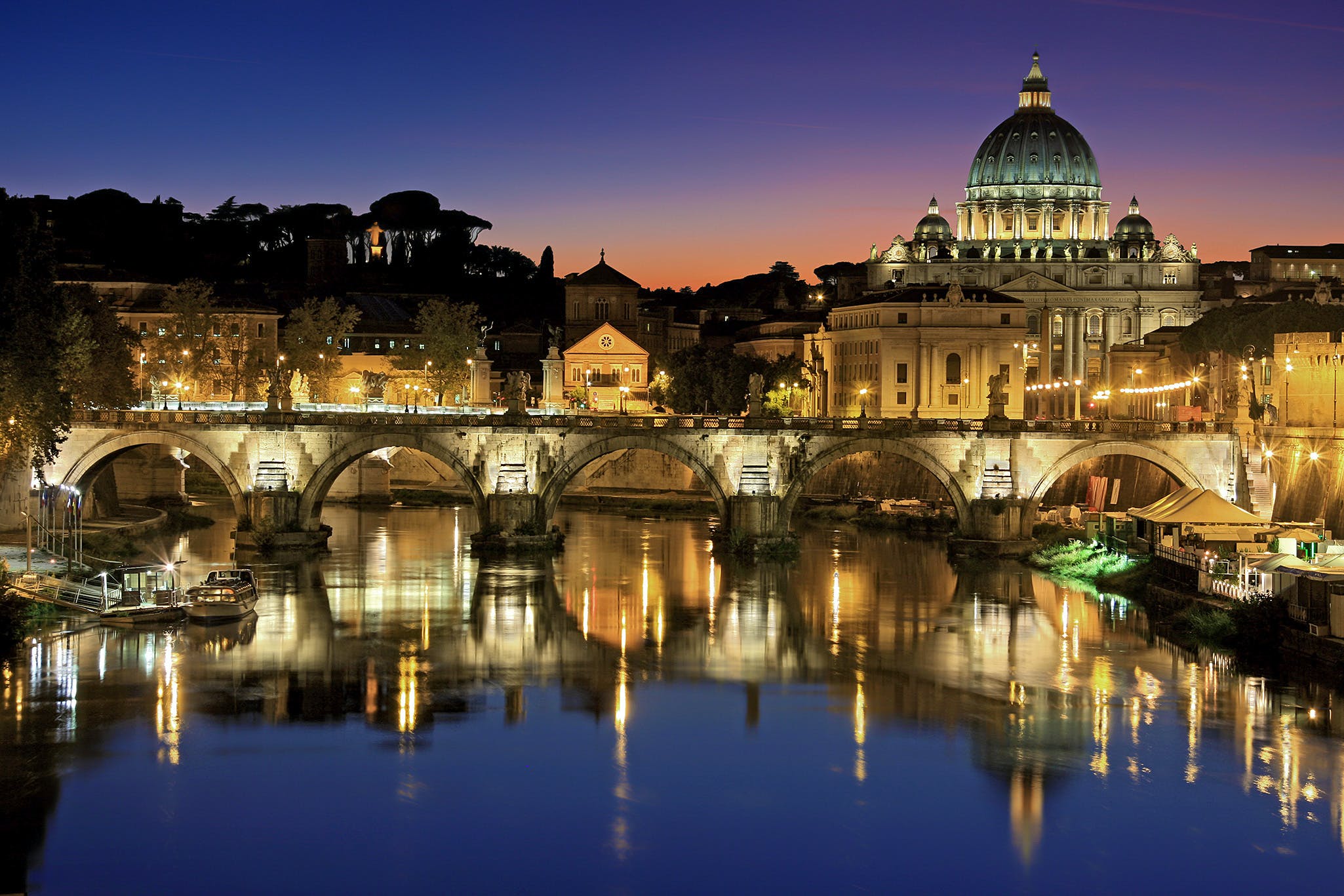
SDEWES INDEX
related metrics presents an opportunity to trigger policy learning, action, and cooperation to bring cities closer to sustainable development.
The 19th SDEWES Conference will be held at Faculty of Architecture of Sapienza University of Rome, Via Antonio Gramsci 53, 00197 Rome, Italy. The venue provides an inspiring environment for conferences, workshops, and other activities and is near all the major sight seeing spots in Rome.
The City of Rome
Rome is the capital of the Italian Republic and the most populous and largest municipality in Italy and is among Europe’s major capitals in terms of the amount of terrain it covers.
As All roads lead to Rome, we hope to see you all at Sdewes conference In Rome. The proverb comes from the efficient road system of ancient Rome, on which much of the current Italian road system is based. Many roads started from Rome and, if taken in the opposite direction, "led to Rome.".
It is the city with the highest concentration of historical and architectural riches in the world. Its historical centre, outlined by the enclosing Aurelian Walls, layering nearly three thousand years of antiquity, is an invaluable testimony to the European western world’s cultural, artistic and historical legacy and in 1980 it was, together with the Holy See’s property beyond the confines of the Vatican State as well as the Basilica of St. Paul outside the Walls, were added to UNESCO’s World Heritage List .
Rome, the heart of Catholic Christianity, is the only city in the world to host an entire foreign state within its confines, the enclave of the Vatican City, and it is for this very reason that it is often referred to as the capital of two States. Over 16% of the world’s cultural treasures are located in Rome (70% in all of Italy).

Over the centuries, the magic of Rome has been masterly told by poets and writers and wonderfully depicted in the works of great artists. Eternal and mysterious, the Capital envelops those who arrive in a pleasant "sickness of Rome" that does not abandon. It is no coincidence that millions of tourists hurry to throw a coin into the Trevi Fountain with the hope of returning to visit it: because in Rome, remembering Goethe's words, everything is as we imagined it, and everything is new.
If you don't know it yet, or if you want to return to immerse yourself in its charm, here, we try to briefly describe its profile, soul, and colours.

Currency
The official currency in Italy is the Euro, since 1999.
Electricity and plugs
The majority of the plugs in Italy are "Type L" (Italian socket type) with three prongs. However, it is also possible to find the "Type C" (Europlug), both with a voltage of 220V.
If you're travelling from the UK, the US, Canada, Australia or New Zealand, you’ll need a travel plug adaptor. You can either purchase one before you leave or you can ask to borrow one at your hotel.
Important telephone numbers
Climate
The temperature is usually mild the whole year round with heat rising during the months of July and August. Even during the winter the temperature is pleasant: there are only few really cold days and they are mainly concentrated between December and January ( the temperature however rarely drops below zero). Rainfalls, seldom heavy, are concentrated in the months of November and February. The best time to visit the city is in spring and autumn when the temperature is mild and the days, thanks to Daylight Saving Time, are longer. If visiting the city between June and September, proper sun protection is advised.
Safety
Rome is generally a safe city for visitors. However, it is advisable to maintain awareness of your personal belongings and stay attentive to your surroundings. Before traveling, make sure you are covered by valid health insurance for any medical emergencies. In case of need, you will find public hospitals and private clinics available in the city.










